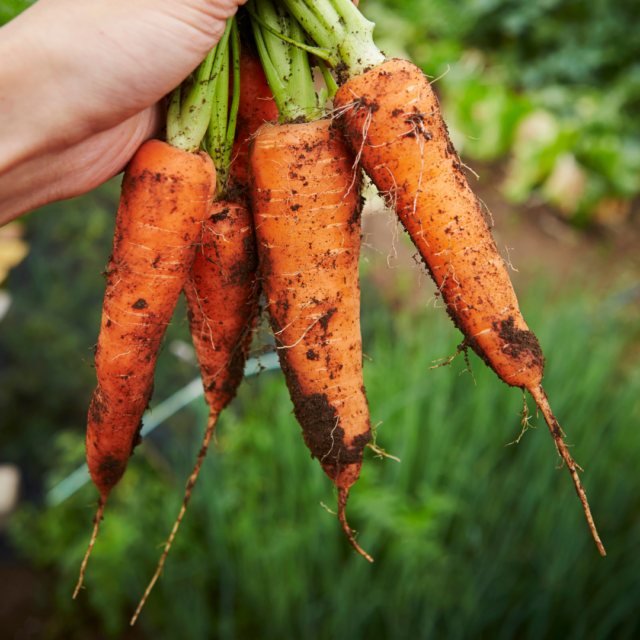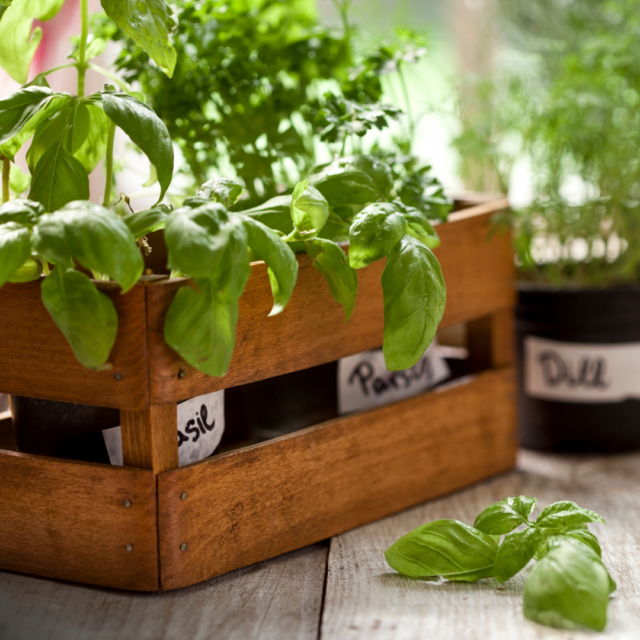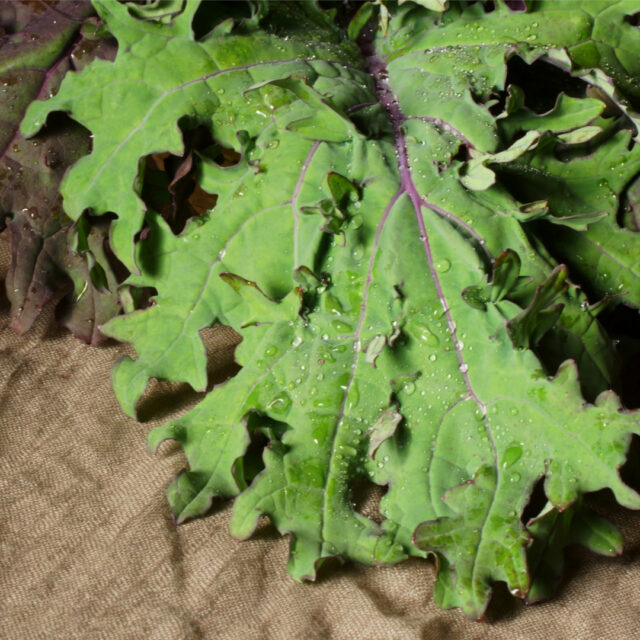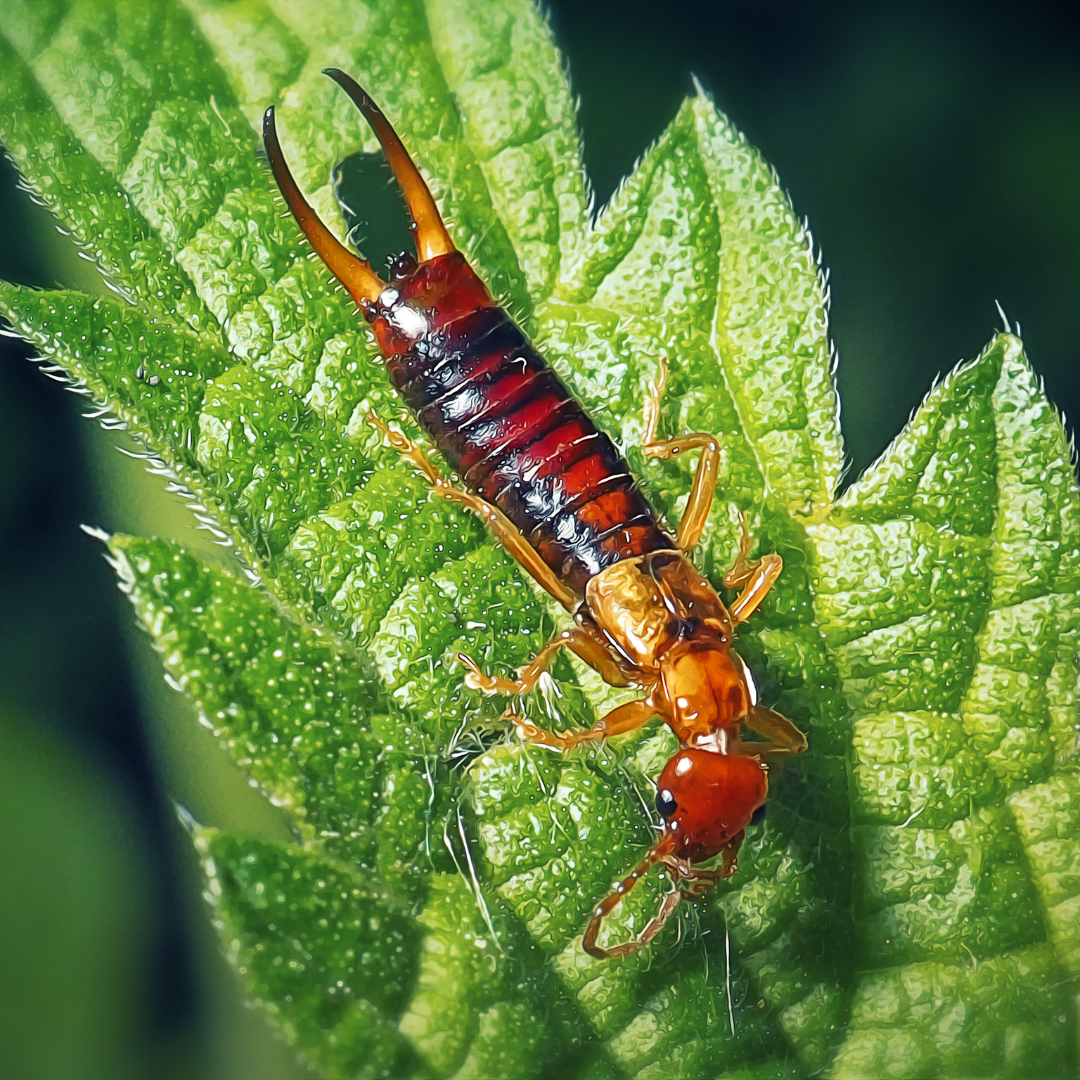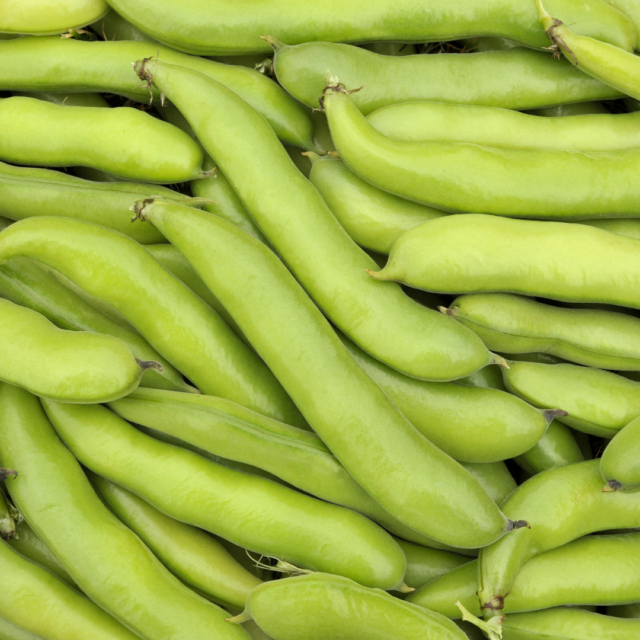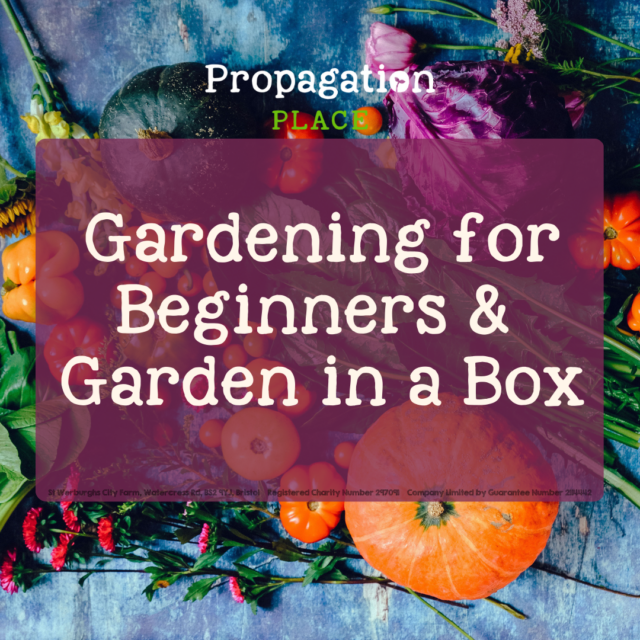Earwigs can pose challenges to growing vegetables in your garden. These nocturnal insects are known for their fondness for tender foliage, particularly on seedlings and young plants. Earwigs feed on leaves, stems, and petals, which can lead to unsightly damage and hinder the growth of your vegetable crops.
Their feeding activity can be especially detrimental to delicate plants such as lettuce, spinach, and seedlings of various vegetables. Earwigs may also feast on flowers, impairing pollination and reducing fruit set in crops like tomatoes, cucumbers, and squash.
However, it’s important to note that while earwigs can be bothersome, they generally do not cause significant harm to mature and established vegetable plants. By implementing preventative measures and employing organic control methods, you can effectively manage their impact and protect your vegetable garden from their feeding habits.
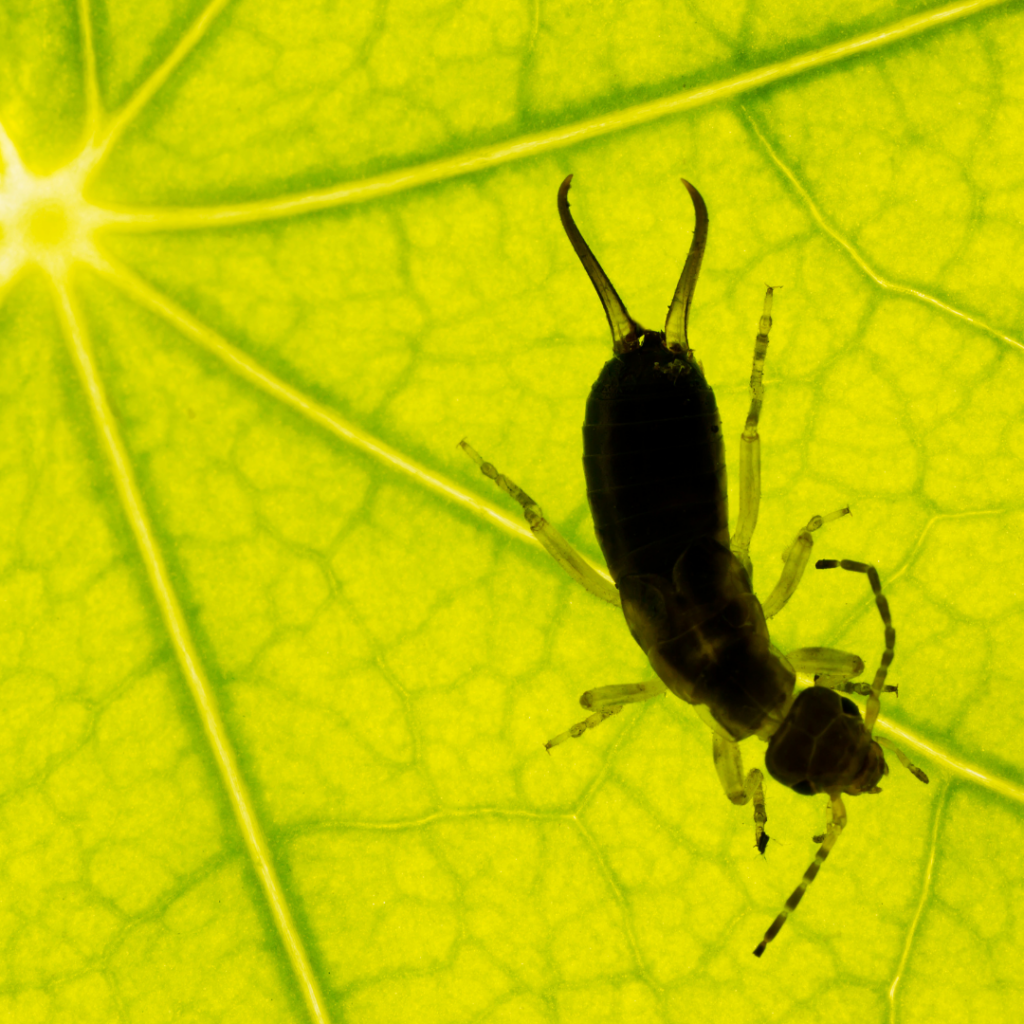
Prevention
🌱 Keep your garden tidy and free from debris and weeds to eliminate earwig hiding spots.
🌱 Create a barrier using diatomaceous earth or crushed eggshells around vulnerable plants to deter earwigs.
🌱 Attract natural predators like birds, toads, and ground beetles by providing birdhouses, birdbaths, and rock piles.
🌱 Plant a variety of flowering plants and herbs to attract beneficial insects like lacewings and ladybugs, which prey on earwig eggs and nymphs.
Removal
🐜 Set up earwig traps made from rolled-up newspaper or bamboo stakes filled with straw. Shake trapped earwigs into a bucket of soapy water.
🐜 Use an overturned clay pot or wooden plank as a hiding place for earwigs. Lift it in the morning and remove trapped earwigs.
🐜 Create a homemade spray using water and dish soap to directly target and kill earwigs on contact.
Through vigilant monitoring, regular maintenance, and natural control strategies, you can ensure the health and productivity of your vegetable crops while minimizing the influence of earwigs on your garden.
